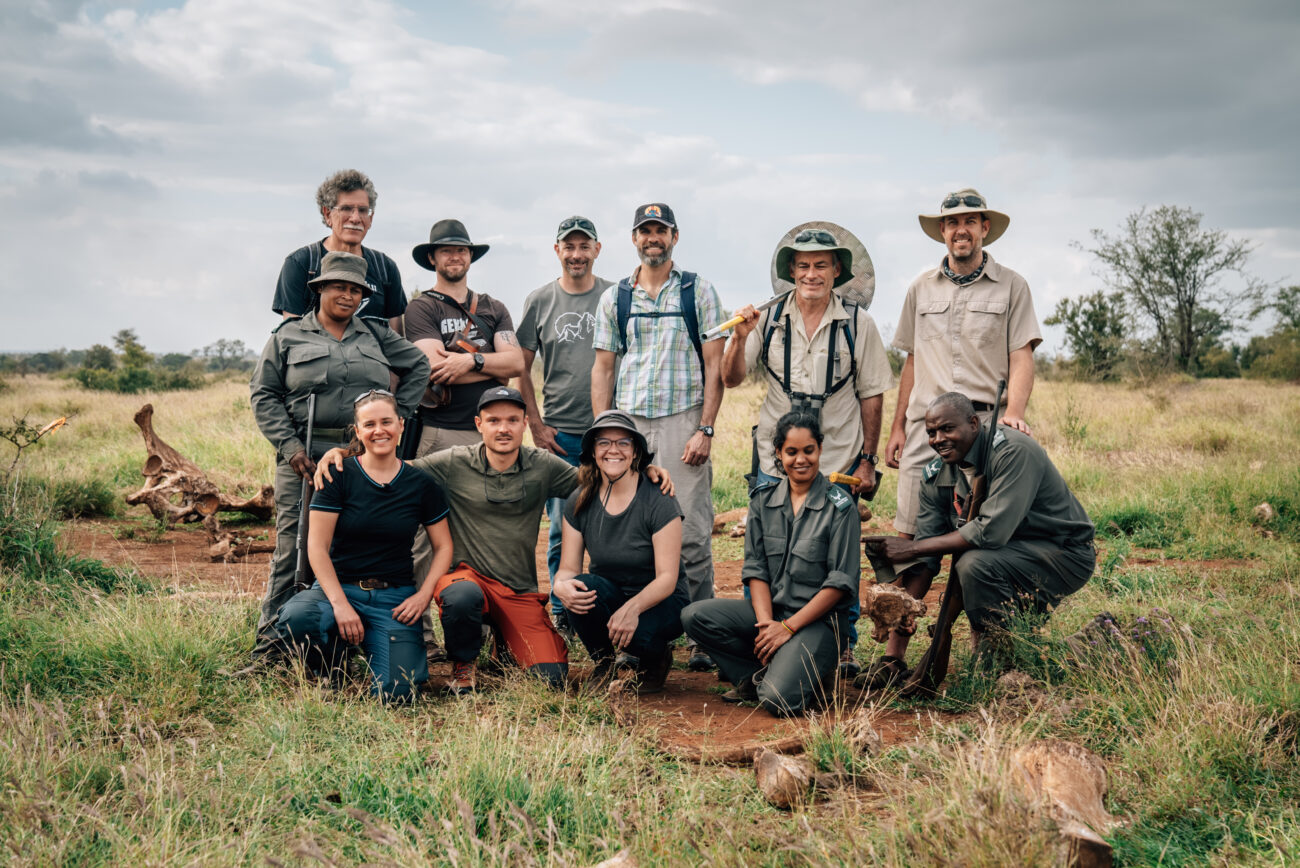Teaching Fourth Grade From Home

Personalized learning took on new meaning this spring when we moved our class community to a virtual substitute, Canvas.
Teachers had been brainstorming online learning scenarios for a day or two before Gov. Gary Herbert made his announcement to close Utah schools, and I was ready to train my students on Canvas with a discussion board and a math quiz. But the students never returned to the classroom, so we all jumped right into the deep end of the pool.
Surprisingly, all but one of my students appeared on the Zoom screen on Tuesday, and most of my links worked in Canvas for my students who had to figure it out at home. Prior to COVID-19, our mornings began on our blue rug, circled up together in a class meeting. Zoom meetings continued that routine, but suddenly we had Rosco the dog and foster kittens and baby chicks, students swinging in their hammocks, others eating cereal, and one who stood collecting static electricity with his light saber as I shared our daily objectives and learning opportunities. I soon learned that teaching fourth grade from my computer on a temporary table at home was not business as usual. Each student responded differently in how they interpreted tasks I assigned, especially when they discovered how to upload videos. Soon I had students, siblings, and often parents turning a reader’s theater script into dinosaur puppet show productions and sharing them with other families in our discussion board.
Faculty discovered creative ways to continue our traditional field experiences and cultural events. Five days after our first Zoom meeting we had 56 students and teachers enjoying an overnighter, sharing river running stories from pillow forts and tents in living rooms. We adapted our Mountain Man Rendezvous to a virtual one, with students sharing videos of themselves reporting about beaver pelt caches and striking fires with flint and steel in their backyards. Sixty participants were virtually square dancing at our Buckskinner’s Ball. Students longed for their peer relationships, even if it was being a shoulder partner seated at a desk working with fraction manipulatives.
One student, longing for that personal connection we once took for granted in our classroom, recorded himself reading from our class novel, the actual paper copy I’d sent home on our last day together. This 10-minute video was his attempt at mimicking, as best he could, how reading used to be in our class.
They begged for breakout sessions, which we named virtual morning recess, and for some students, that has been the limit of their virtual learning experience. I came to appreciate the power of connection along with everyone else in social isolation, but my philosophy that the best teaching and learning happens through social interactions stands firm. My fear, sometimes hinted in my students’ writings also, is that future learning in the elementary school setting will go entirely virtual. We discussed the benefits and drawbacks of the scenario from Isaac Asimov’s “The Fun They Had”: humans will forget what it feels like to read from pages in a paperback book together.
One student, longing for that personal connection we once took for granted in our classroom, recorded himself reading from our class novel, the actual paper copy I’d sent home on our last day together. This 10-minute video was his attempt at mimicking, as best he could, how reading used to be in our class. The next day his classmates recorded themselves reading aloud. The Jetsons cartoon showing a teacher on a screen dispensing assignments from one slot and accepting completed work in another haunted me as I built and assigned Canvas modules and wrote personalized, yet virtual, feedback.
We speculate even while in the midst of COVID-19 how our teaching practices will evolve. Will I incorporate what I’ve depended on for weeks into my future teaching when it is a choice and not survival? I suspect so when I consider this: One of my students was motivated by the at-home availability of speech-to-text software to compose paragraphs bursting with details about electrified vehicles and other future possibilities he imagined, celebrating that “I wrote 10 times what I would have written with my pencil and paper at school.”
There will be technology tricks and skills students will bring back to the classroom, yet I’m convinced that, given the choice, I still want to be the person standing at the door gathering student work with a smile. Leave the robots to dispensing food capsules. Perhaps I will ride in my hover car to work, but I still want to be in my classroom with my students and the happy accidents that
happen there as we learn together.





